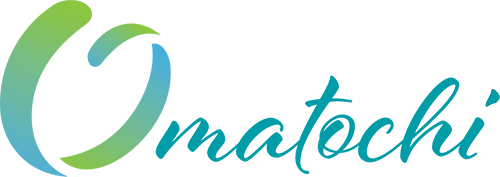As the population ages, senior care increasingly becomes a top priority for both families and policymakers. In California, CalAIM, a vital program under the state’s Medicaid system (MediCal), is essential for delivering healthcare and support services to elderly residents. Familiarity with CalAIM is crucial for seniors and their families to ensure they access the care and support they need.
Medi-Cal: An Overview
Medi-Cal is California’s Medicaid program, offering free or low-cost health coverage to eligible residents, including seniors. Funded by both the state and federal governments, Medi-Cal covers a broad spectrum of healthcare services, such as:
- Doctor visits and hospital care
- Prescription drugs
- Preventive care and screenings
- Long-term care services
- & more
For seniors, Medi-Cal is particularly vital because it includes benefits for long-term care, which is often prohibitively expensive. This includes services provided in nursing homes and, increasingly, in-home supportive services, allowing seniors to receive care in their own homes.
Eligibility and Enrollment
To qualify for Medi-Cal, seniors must meet certain income and age criteria. As of 2024, the income limits for seniors are based on the Federal Poverty Level (FPL). Additionally, there are asset limits, although these have become more generous in recent years to allow seniors to retain more of their savings and still qualify for assistance.
Enrollment can be done through the Covered California website, county social services offices (Click link to find the office in your county), or through assistance from various community organizations.
CalAIM: Transforming Medi-Cal for Seniors
California Advancing and Innovating Medi-Cal (CalAIM) is a comprehensive initiative aimed at improving the Medi-Cal program. Launched in 2021, CalAIM focuses on integrating care, addressing social determinants of health, and providing more personalized, whole-person care. For seniors, this means several significant changes and benefits:
- Enhanced Care Management (ECM): This initiative provides high-touch, person-centered care management for seniors with complex health needs. It ensures that seniors receive coordinated care across various healthcare providers and services.
- Community Supports: These are services that Medi-Cal can cover instead of traditional medical services. For example, home modifications to improve safety, prepare meals, and housing support can be provided to help seniors live independently.
- Increased Focus on Preventive Care: CalAIM emphasizes preventive care to keep seniors healthier and reduce hospitalizations. This includes regular health assessments and personalized health plans.
- Improving Behavioral Health: Recognizing the importance of mental health, CalAIM integrates behavioral health services with physical health care, ensuring that seniors receive comprehensive mental health support.
The Impact on Senior Care
CalAIM’s initiatives mean that seniors on Medi-Cal can expect a whole person approach to care. By addressing not just medical needs but also social and environmental factors, CalAIM seeks to improve overall health outcomes and quality of life for seniors.
For example, a senior with diabetes and mobility issues might receive not only regular medical check-ups and medication but also assistance with transportation to appointments, modifications to their home to prevent falls, and nutritional counseling to manage their condition effectively.
Navigating the Programs
For seniors and their families, understanding how to navigate Medi-Cal and CalAIM can be daunting. Here are some steps to consider:
- Consult with a Medi-Cal advisor: Many counties offer advisors who can help seniors understand their benefits and how to apply.
- Use community resources: Organizations like the Health Insurance Counseling & Advocacy Program (HICAP) provide free assistance with Medicare and Medi-Cal issues.
- Stay informed: Regularly check the California Department of Health Care Services website for updates on CalAIM and other initiatives.
Medi-Cal and CalAIM represent lifelines for seniors in California, providing essential healthcare and support services. As these programs continue to evolve, they promise more integrated and personalized care, helping seniors live healthier, more independent lives. Staying informed and utilizing available resources can help seniors and their families make the most of these vital programs.

